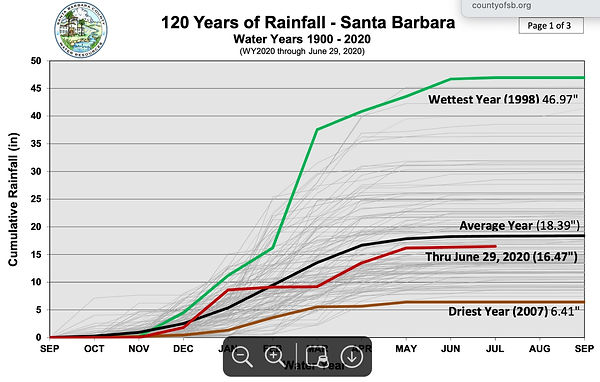
WHY DRY CREEKS
Dry creeks are one of the most valuable landscape design elements that can be installed on any property because a dry creek accomplishes the following goals:
-
WATER CONSERVATION - Dry creeks capture rain water onsite, reducing the need for irrigation
-
EROSION CONTROL - Dry creeks prevent soil from eroding and washing away during long periods of rain
-
DRAINAGE - Dry creeks divert water away from homes and adds drainage in areas of need
-
BEAUTIFICATION - Dry creeks are visually stunning and create a focal point in a landscape
-
SAVE MONEY - Dry creeks reduce the need for irrigation, thus decreasing the amount of money spent on water
DRY CREEK DESIGN
Colin designs dry creeks in a way that mimic and/or compliments the contours of a landscape. When it rains, the construction of a dry creek allows water to be captured and directed away from a home/structure preventing water damage, and diverted to areas of a landscape where trees and plants need water most.
The main design principle that Colin follows is, SLOW IT, SPREAD IT, SINK IT, STORE IT!!! Dry creeks slow/stop the flow of rain water off a landscape, spreads the water out over the landscape and ensures water is absorbed into the soil. When designed correctly, it is possible for a dry creek to prevent thousands of gallons of water from escaping a property and landscape every year. The next section called Stormwater & Runoff details how much valuable rain water is wasted because of runoff.


STORMWATER & RUNOFF
Thousands of gallons of rain from driveways, roofs and landscapes either runoff properties because of the slope of the landscape or are purposely directed off the property from gutters and drains. The truth is that we don't have a water problem we have a water storage problem!
Santa Barbara Case Study
-
Average rainfall per year in Santa Barbara is around 18.5 inches
-
5000sf property = 1500sf home/roof & 3500sf landscape
-
3500sf landscape = 40,400 gallons of rain fall per year
-
1500sf home/roof = 17,300 gallons of rain fall per year
-
Total 5000sf property = 57,700 gallons of rain fall per year
The numbers don't lie and are staggering! In an average year in Santa Barbara with 18.5 inches of rain, almost 60,000 gallons of rain fails on a 5000sf property. Next to nothing is done by property owners to prevent rainwater from leaving their properties and in most cases through the use of gutters, drains and driveways, water is purposefully directed offsite. If a 1500sf home redirected or captured the rain water that falls onto its roof every year, over 17,000 gallons of extra water would be available to the plants and trees.
